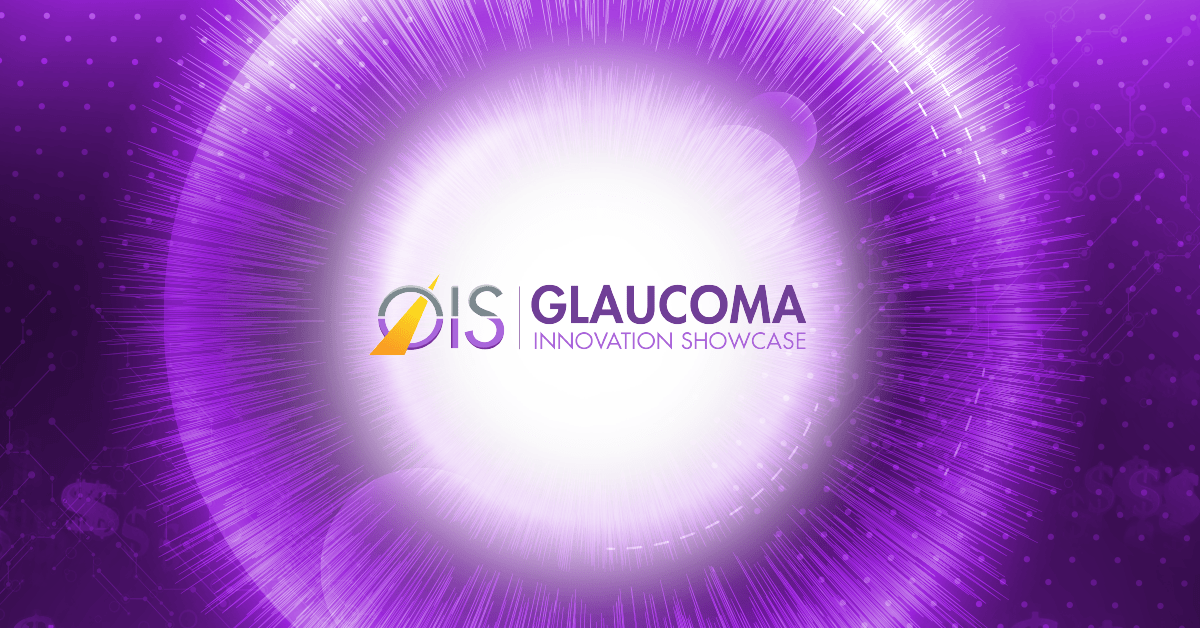Reimbursement Will Guide Innovation in Glaucoma

In ophthalmic innovation, great ideas only go so far. Without a potential revenue stream, investors would leave great ideas at the bench. In glaucoma, however, the path from idea to revenue isn’t always clear cut, according to industry insiders tasked with finding that path.
Ramin Valian, VP, marketing interventional glaucoma, reimbursement pipeline, Allergan, pointed out that a reimbursement pathway and the data to support it are necessary elements of micro-invasive glaucoma surgery (MIGS) innovation. “But I also see the other side of it,” he said, “which is sometimes the stifling of innovation, or of adoption of innovation, because of some of the challenges of getting the appropriate reimbursement.”
Reimbursement and the efficacy of a treatment may not always go hand in hand, said Robert Rothman, MD, partner at OCLI/Glaucoma Consultants of Long Island and founding partner and principal of InFocus Capital Partners, an ophthalmic venture capital fund.
“I think there probably will be some effort toward tagging reimbursement to efficacy down the road because the amount of money that we spend on disease in general is not necessarily sustainable,” Dr. Rothman added.
“As time goes by and reimbursement gets tougher and tougher,” said Robert Kissling, VP, medical affairs, Bausch + Lomb, “we’ll end up concentrating capital on true innovations that could change lives.”
The reimbursement pathway starts with the efficacy of the treatment itself, explained Jehan Tamboowalla, head of new ophthalmic products, Novartis. “You really have to think about approval with your regulators as being your ticket to ride,” he said. “That’s just the first step. If you haven’t planned in your commercial development for the right kinds of outcomes, the right endpoints to allow you to make the health-economic story, your patients will never see the drug.”
Evaluating Payer Potential
“It makes sense when you’re going out seeking capital that you have some guidance from the[Food and Drug Administration] on what your clinical trial endpoints are,” said Dr. Rothman. He asked if it’s critical to evaluate the potential payer mix before considering investment in early opportunities.
It is, said Mark Hagler, SVP, head of ophthalmics, oncology and LTC, Sun Pharma. He noted that Mumbai-based Sun is primarily a developer of 505(b)(2) drugs. “We’ve encountered a lot of difficulty with those products with payers,” he said, “so it’s standard when we’re looking at any business development opportunity to do payer research. It’s absolutely a piece of your due diligence for anything that you’re looking to develop.”
That due diligence on a product’s payment potential has “exponentially increased,” Valian said. “You can have the best product and no reimbursement,” he added. “You can’t underestimate the importance of having a very solid and well-thought-through reimbursement strategy.”
Tamboowalla said that Novartis has walked away from potential deals because of access challenges, not just in the US but also overseas. “So I can’t stress enough for biotechs, companies early in development, you cannot just look at this as a regulatory approval,” he said. “You have to have the right package, and that package includes real-world evidence and payer analysis. If you can build an early health-economic model, I think that will go a long way.”
On the investment side, Dr. Rothman said he’s found that investors rarely get useful reimbursement information from early companies focused on clinical endpoints and regulatory approval. Ultimately, however, investment decisions come from the concept that companies will be able to have a billable product or service going forward.
These comments were presented during the OIS Industry Insights on Glaucoma Market session at the virtual OIS Glaucoma Innovation Showcase.
